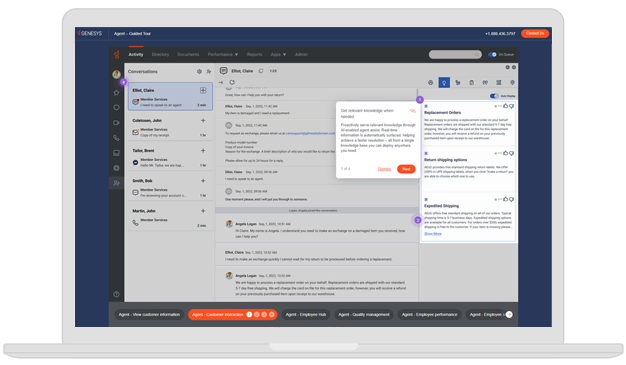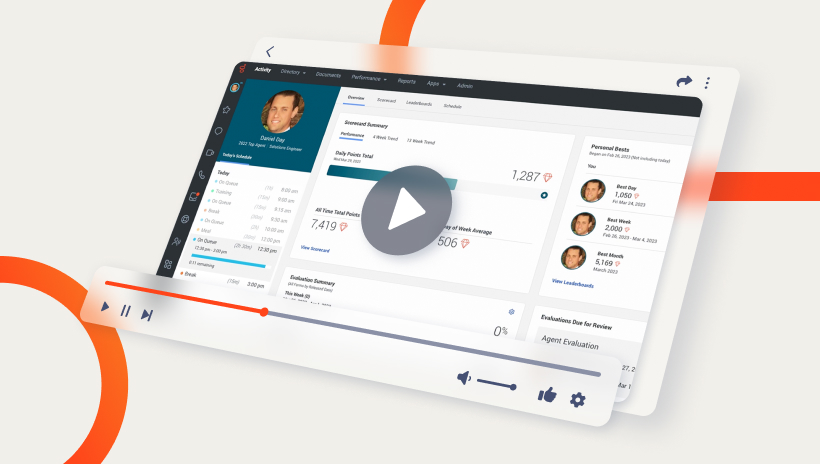Speech analytics is the use of artificial intelligence (AI) and machine learning to analyze voice conversations between customers and agents. It transcribes and processes audio data to identify keywords, emotions, trends and intent in real time or post-call.
This technology enables businesses to monitor quality, ensure compliance, detect issues and discover customer needs at scale. By uncovering actionable insights from voice interactions, speech analytics helps improve agent performance, reduce churn and optimize customer experiences.
“At its core, speech and text analytics software empowers organizations by surfacing data that provides a clearer understanding of customer satisfaction, frustration points and roadblocks they’ve hit while trying to get service. It is the foundation of conversational intelligence. Armed with this knowledge, businesses can drive targeted improvements that enhance both customer and employee experiences, at scale.”
Anik Dey, Principal Product Manager, Genesys
Speech analytics in enterprise businesses
Speech analytics is a technology that automatically captures, transcribes and analyzes spoken conversations between customers and agents. It uses tools like speech recognition, natural language processing (NLP) and machine learning to identify patterns, keywords, emotions and trends in call recordings.
For enterprise businesses, speech analytics turns thousands — or even millions — of voice interactions into valuable insights. It helps detect common customer issues, track compliance, measure agent performance and uncover training opportunities. For example, it can flag when customers sound frustrated, when agents miss required phrases or when certain topics (like billing or cancellations) keep coming up.
Real-time speech analytics can also guide agents during live calls, offering prompts or alerts based on what’s being said. This improves service quality while reducing mistakes.
By using speech analytics, enterprises can better understand customer needs, improve satisfaction and make data-driven decisions. It helps contact centers boost efficiency, ensure quality and stay ahead of potential problems, all by unlocking the full value of voice conversations.






